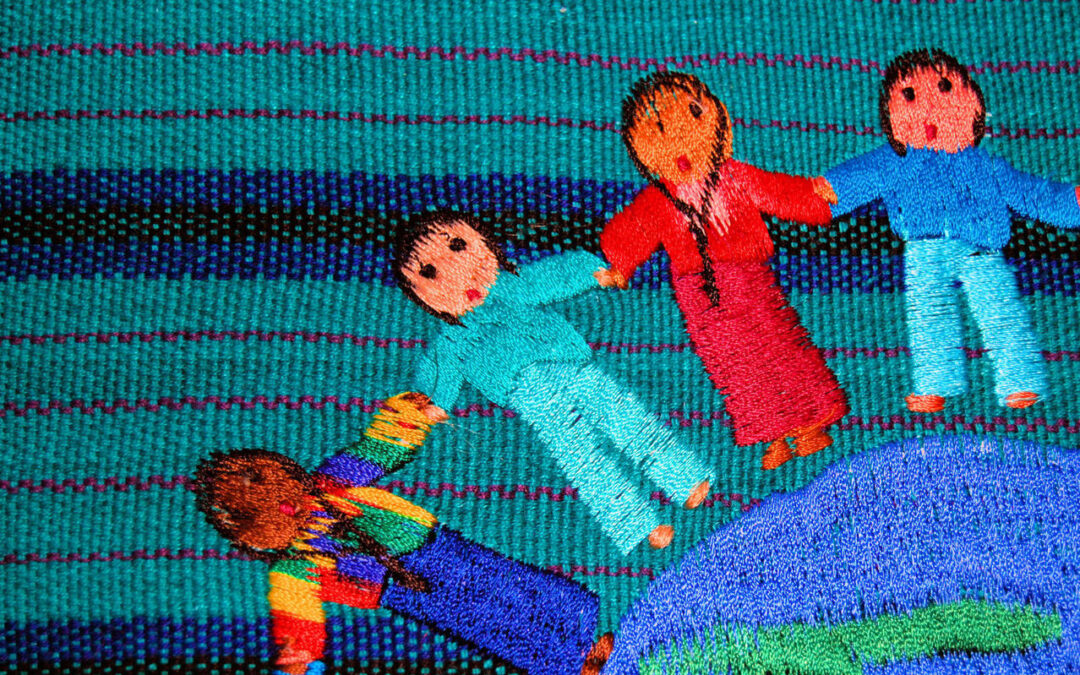-
Rework
I love the power of a good quotation to synthesize key concepts and bring a wise person’s perspective to the topic under discussion. But a couple of years ago, I realised that I had been following a very traditional and unrepresentative path in those that I was using. Most of my quotes came from white males aged over 50.
Now I enjoy seeking out and using quotes from women and those from more diverse cultural backgrounds. It has been hard to break the habit as the default, familiar quotes spring easiest to mind, yet I will persist.
This is just one example of how you might rework the role models you use through your quotations, references and mentors. Are they representative of different types of success as well as the diversity of our society?
-
Reflect
The After Action Review (AAR) is designed to capitalise on the distributed intelligence of all those involved in an event, build a shared understanding and use that collective learning to explore options for the future. So, it is by its very nature inclusive and democratic, yet not all come to it from the same starting place.
For example, my experience in acute hospital settings has been that certain cultural and racial groups will be much less comfortable with being open in an AAR about their first-person experience. It feels as if considerable historical and personal encounters of blame come with them into the AAR and so they are far more likely to fear being blamed than other participants.
My work as an AAR Conductor has to take that into account and I deliberately work at creating trust in me and the AAR process to foster full inclusion in the learning process.
Reflect on activities like AAR, where you will have people from a range of backgrounds and consider what adjustments need to be made to increase the psychological safety of those present: e.g. when you have patients from different cultures participating in a focus group, or more junior team members attending a meeting for the first time.
-
Review
Images communicate implicit as well as explicit messages and so I’ve reviewed the diversity of the images we are using in our slide decks and online material and can see that there are some omissions.
Whilst the ethnicity of the people is representative of society and spread across senior roles, I think we need to broaden our approach to include wheelchair users and older, less model-like human beings. We come in all shapes and sizes, after all.
Something as simple as having images of wheelchair users in the C Suite and black and ethnic minority women at the board room table is not going to bring about widespread change, yet it does much to disrupt our biases.
I suggest you review the images you use in all your communication and educational materials. Do they reflect all nine of the protected characteristics and celebrate diversity?
-
Recognise
Our work with leadership teams emphasises the need to listen deeply to the experience of team members and to do so effectively means vacating your own viewpoint. I am going to put that into action and seek out learning from other peoples’ experiences because I recognise that my understanding is distorted by my own context.
It is vital to recognise you are biased (it is part of the way the human brain operates) and mitigate for this by actively seeking to uncover your biases. Take the implicit bias test to find out more.
-
Read
There are some great books being talked about on social media at the moment and I’ve put several on my reading list. I would love to hear your suggestions and ideas to broaden my understanding of others’ experiences and help improve my inclusive approach.
I urge you to read more widely and embrace having your biases disrupted.
“We but mirror the world. All the tendencies present in the outer world are to be found in the world of our body. If we could change ourselves, the tendencies in the world would also change. As a man changes his own nature, so does the attitude of the world change towards him.”
Mahatma Ghandi

